The Good Earth (film)
8.6 /10 1 Votes
93% Rotten Tomatoes Genre Drama, Romance Initial DVD release January 31, 2006 Country United States | 7.9/10 IMDb Adapted from The Good Earth Duration Language English | |||||||||||||||||||||||||||||||||
 | ||||||||||||||||||||||||||||||||||
Director Sidney FranklinVictor Fleming (uncredited)Gustav Machaty (uncredited) Release date January 29, 1937 (1937-01-29) (United States) Writer Talbot Jennings (screen play), Tess Slesinger (screen play), Claudine West (screen play), Pearl S. Buck (based upon the novel by) Cast Similar movies Interstellar , Blackhat , Titanic , The Last Emperor , Kung Fu Panda , Independence Day Tagline China . . . . Land of unrest . . . tomorrow they may Starve ! | ||||||||||||||||||||||||||||||||||
The Good Earth is a 1937 American drama film about Chinese farmers who struggle to survive. It was adapted by Talbot Jennings, Tess Slesinger, and Claudine West from the play by Owen Davis and Donald Davis, which was in itself based on the 1931 novel of the same name by Nobel Prize-winning author Pearl S. Buck. The film was directed by Sidney Franklin, with uncredited contributions by Victor Fleming and Gustav Machaty.
Contents
- The good earth amazing scene
- Plot
- Unbilled
- Production
- Reception
- Box office
- Awards and honors
- The Good Earth on Turner Classic Movies
- Introduction by Robert Osborne
- Dedication at the start of opening credits
- Introduction at the end of opening credits
- The good earth us37 trailer mpg
- References
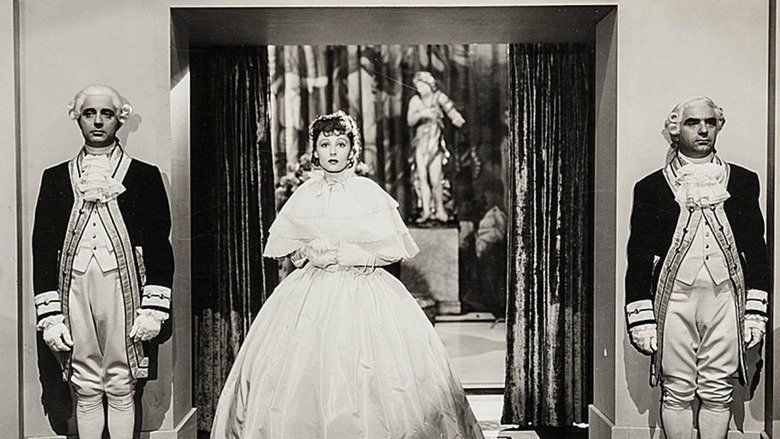
The film stars Paul Muni as Wang Lung. For her role as his wife O-Lan, Luise Rainer won an Academy Award for Best Actress. The film also won the Academy Award for Best Cinematography for Karl Freund. It was nominated for Best Director, Best Film Editing and Best Picture. Its world premiere was at the elegant Carthay Circle Theatre in Los Angeles.
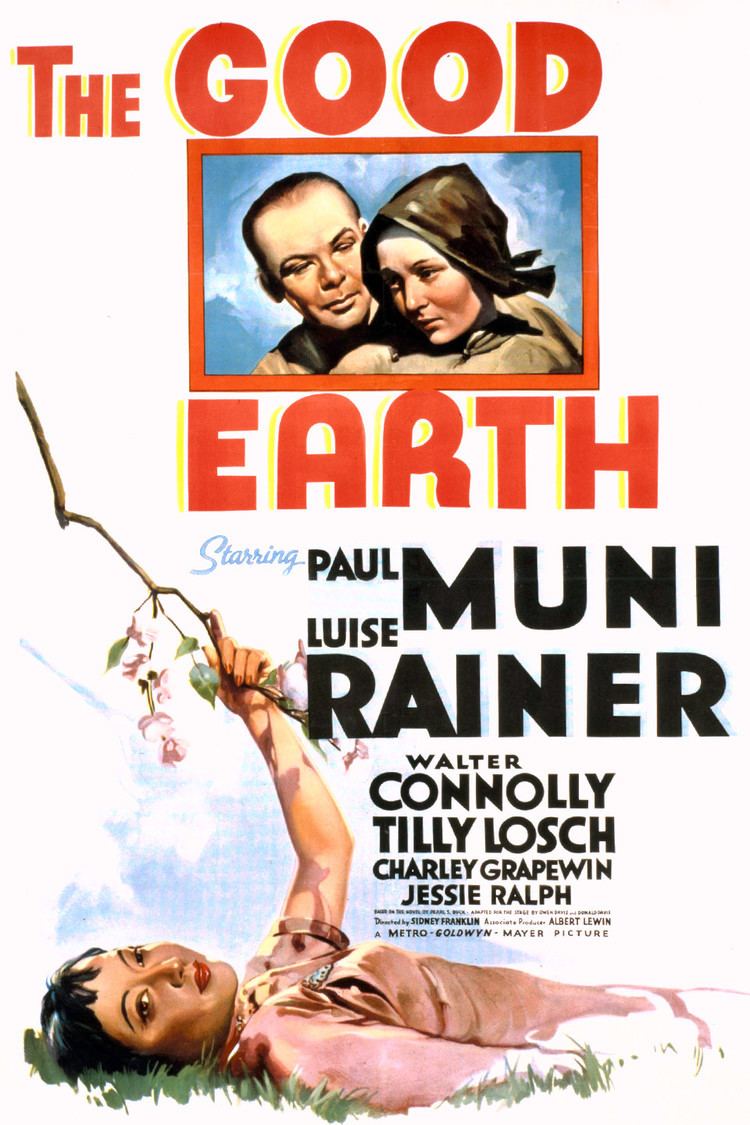
The good earth amazing scene
Plot
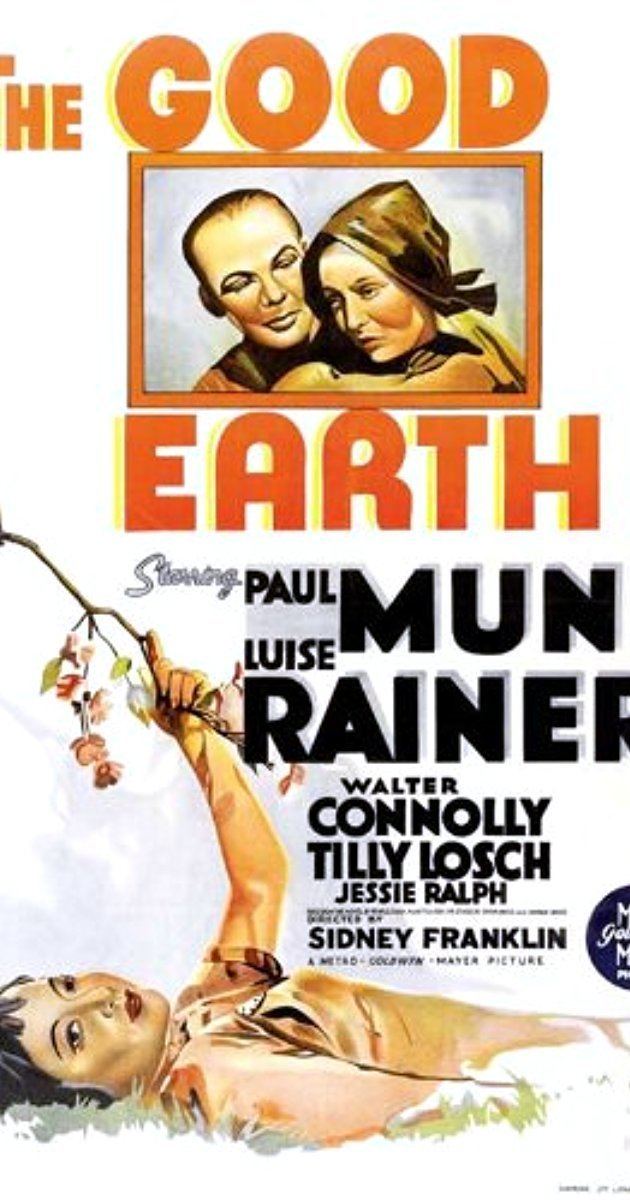
In pre-World War I northern China, a young farmer Wang Lung (Paul Muni) marries O-Lan (Luise Rainer), a lowly servant at the Great House, the residence of the most powerful family in their village. O-Lan proves to be an excellent wife, hard working and uncomplaining. Wang Lung prospers. He buys more land, and O-Lan gives birth to two sons and a daughter. Meanwhile, the Great House begins to decline.
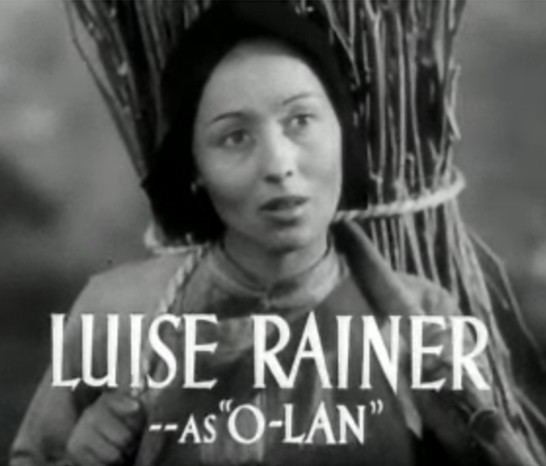
All is well until a drought and the resulting famine drive the family to the brink. Desperate, Wang Lung considers the advice of his pessimistic, worthless uncle (Walter Connolly) to sell his land for food, but O-Lan opposes it. Instead, they travel south to a city in search of work. The family survives by begging and stealing. When a revolutionary gives a speech to try to drum up support for the army approaching despite rain in the north, Wang Lung and O-Lan realize the drought is over. They long to return to their farm, but they have no money for an ox, seed, and food.
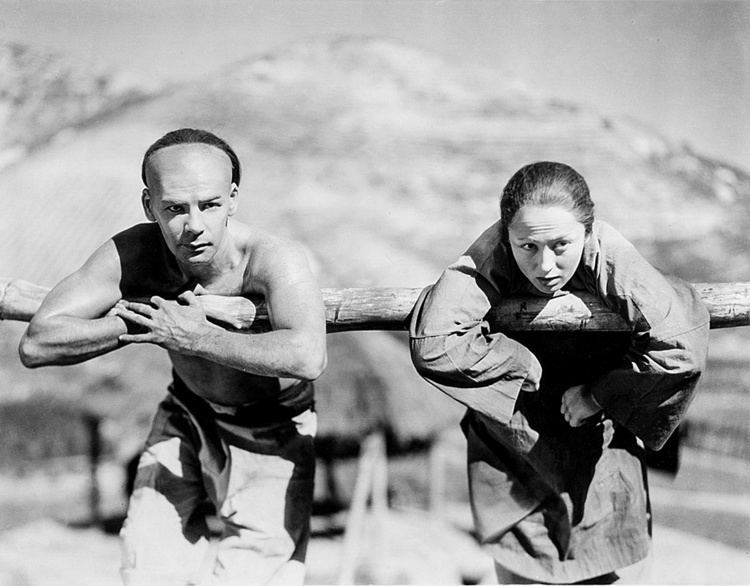
The city changes hands, and O-Lan joins a mob looting a mansion. However, she is knocked down and trampled upon. When she comes to, she finds a bag of jewels overlooked in the confusion. This windfall allows the family to go home and prosper once more. O-Lan asks only to keep two pearls for herself.

Years pass. Wang Lung's sons grow up into educated young men, and he has grown so wealthy that he purchases the Great House. Then, Wang Lung becomes besotted with Lotus (Tilly Losch), a pretty, young dancer at the local tea house, and makes her his second wife. He begins to find fault with the worn-out O-Lan. Desperate to gain affection from Lotus, he gives O-Lan's pearls to Lotus.

When Wang Lung discovers that Lotus has seduced Younger Son (Roland Lui), he orders his son to leave. Then a swarm of locusts threatens the entire village. Using a strategy devised by Elder Son (Keye Luke), everyone unites to try to save the crops. Just when all seems lost, the wind shifts direction, taking the danger away. The near-disaster brings Wang Lung back to his senses. He reconciles with Younger Son. On the latter's wedding day, Wang Lung returns the pearls to O-Lan before she dies, exhausted by a hard life. Without disturbing the wedding festivities, Wang Lung quietly exits the house and regards a flowering peach tree planted by O-Lan on their marriage day. Reverently he murmurs, "O-Lan, you are the earth."
Unbilled
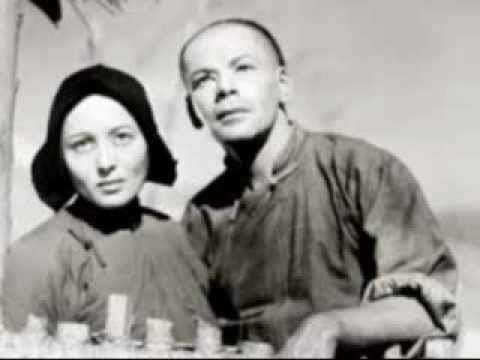
Production
The film's budget was $2.8 million, a small fortune at the time, and took three years to make. A five-hundred-acre farm in Porter Ranch, California, was transformed into a replica of Chinese farmland for this film.
The movie script was more sympathetic to China than the novel had been. Wang Lung’s son was now a representative of modern China who goes to university and leads the villagers. The family is a wholesome affectionate unit, even the uncle who in the novel exploits Wang Lung, and the sexual aspect of Lotus is played down. The Hays office, which supervised each Hollywood script, demanded more than twenty rewrites to eliminate what it found offensive. Before Herbert Stothart and Edward Ward were engaged to provide the music, negotiations took place with Austrian composer Arnold Schoenberg, who is known to have made some musical sketches for the score before the plan fell through.
Pearl Buck intended the film to be cast with all Chinese or Chinese-American actors. Irving Thalberg also envisioned casting only Chinese actors, but had to concede that American audiences were not ready for such a film. Though Anna May Wong had been suggested for the role of O-Lan, the Hays Code anti-miscegenation rules required Paul Muni's character's wife to be played by a white actress. MGM offered Wong the role of Lotus, but she refused, stating, "You're asking me – with Chinese blood – to do the only unsympathetic role in the picture featuring an all-American cast portraying Chinese characters." Many of the characters were played by Western actors made to look Asian with aid of make-up techniques developed by Jack Dawn and used for the first time in this film. However, some of the supporting cast did include Chinese American actors.
When MGM inquired into the possibility of making the film in China, the Chinese government was divided on how to respond. Initial hostility derived from resentment of the novel, which critics charged focused only on the perceived backwardness of the country while some government officials hoped to have control which would be gone if the film work was done outside China. Generalissimo Chiang Kai-shek himself intervened, perhaps at the behest of his wife, Mme. Chiang, whose American education made her an advocate for cooperation. Permission was granted on condition that the view of China be favorable, that Chinese government would supervise and have approval of shots done in China, and the unenforced stipulation that the entire cast be Chinese. The government in Nanjing did not foresee the sympathy the film would create and when MGM decided to shoot on location in China officials took extraordinary steps to control the production, forcing the studio to hire a Nationalist general to advise them on authentic settings and costumes (most of this footage was mysteriously lost when it was shipped home and had to be re-shot in California). There were reports that MGM distributed a different version of the film in China
The film's 1936 production lasted from February 28 to July 23. Thalberg died on September 14, four-and-a-half months before its Los Angeles premiere on January 29, 1937. The film credits stated that this was his "last great achievement".
Reception
Contemporary reviews were positive. Frank S. Nugent of The New York Times praised the film as "a superb translation of a literary classic ... one of the finest things Hollywood has done this season or any other. While it has taken some liberties with the novel's text, it has taken none with its quality or spirit." Variety declared it "a remarkable screen production" and called Muni's performance "splendid", but questioned whether the subject matter would make for good box office. Film Daily raved, "A 'must see' picture, possessing absorbing drama, passionate sincerity and brilliant performance." John Mosher of The New Yorker called it "a vast and rich film." Harrison's Reports described it as "a highly artistic piece of work," and while not exactly an entertaining picture, "those who see it will undoubtedly be awed by its magnificence."
Box office
According to MGM records the film earned $2,002,000 in the US and Canada and $1,555,000 elsewhere but because of its high cost incurred an ultimate loss of $96,000.
Awards and honors
The Good Earth was nominated for a total of five Academy Awards including Best Picture, Best Direction (Sidney Franklin), Best Cinematography (Karl Freund), and Best Film Editing (Basil Wrangell). In addition to the Best Actress award (Luise Rainer), the film won for Best Cinematography.
The film is recognized by American Film Institute in these lists:
The Good Earth on Turner Classic Movies
The Good Earth's TCM showing on October 7, 2015 was part of a tribute to Academy Award for Best Cinematography (black-and-white) nominees. The four films screened after The Good Earth (winner) were 1941's Citizen Kane (nominee), 1956's Somebody Up There Likes Me (winner), 1966's Who's Afraid of Virginia Woolf (winner) and 1943's Air Force (nominee).
Introduction by Robert Osborne
"Hi, I'm Robert Osborne. You know, as much as I love color films, and have been bedazzled by the color in movies like The Red Shoes, Blood and Sand — nineteen forties, The Thief of Bagdad, Ziegfeld Follies of nineteen forty-six, I have to say there… there isn't anything more beautiful than a great black-and-white movie… to me, something about the play of light and shadow draws me into a film more than color cinematography does. Well, film historian and author Wheeler Winston Dixon agrees on that subject and he says so emphatically in this slim new book called Black and White Cinema: A Short History. It's a book that looks at black-and-white cinematography from its origins through its heyday. It's also a book that inspired our lineup of films for the next few hours — those films being some of the most beautiful black-and-white films ever made. Well, our first black-and-white film on this October Wednesday is one which earned cinematographer Karl Freund an Academy Award for his work. It's The Good Earth from MGM in nineteen thirty-seven, made eight years after Freund immigrated to Hollywood from Germany, where he learned his craft in the German film industry before World War Two broke out. Freund had already photographed dozens of films, including the landmark German film Metropolis. Well, in Hollywood, he first made waves with Universal's black-and-white horror classic Dracula. By the time he made this next film about The Good Earth, he was under contract to MGM in Hollywood, which meant he had the full power of the Tiffany of movie studios for support in telling this story. The Good Earth stars Paul Muni and Luise Rainer and is an adaptation of the novel by Pearl S. Buck — all about the struggles of family of farmers in rural China. It was one of the last movies made by MGM production chief Irving Thalberg, before his sudden death in nineteen thirty-six. Thalberg was a workaholic and poured himself into every detail of his productions and, for this film, he sent an expedition of researchers to China to search for eighteen tons of furniture, farm equipment and other authentic material. Thalberg then had a walled city built a farm near Chatsworth, California, complete with a man-made river and fields filled with real Chinese vegetables. I mean, it was a mammoth, multimillion-dollar undertaking and, thanks to Karl Freund's amazing cinematography, you'll be seeing ninety-five percent of those dollars right up there on the screen. Here's the movie, from nineteen thirty-seven… The Good Earth."
Dedication at the start of opening credits
"to the memory of
Irving Grant Thalberg
we dedicate this picture
His Last Great Achievement"
Introduction at the end of opening credits
"The soul of a great nation
is expressed in the life
of its humblest people,
in this simple story of a
Chinese farmer may be found
something of the soul of
China ~ its humility, its
courage, its deep heritage
from the past and its vast
promise for the future."
The good earth us37 trailer mpg
References
The Good Earth (film) WikipediaThe Good Earth (film) IMDbThe Good Earth (film) Rotten TomatoesThe Good Earth (film) themoviedb.org
